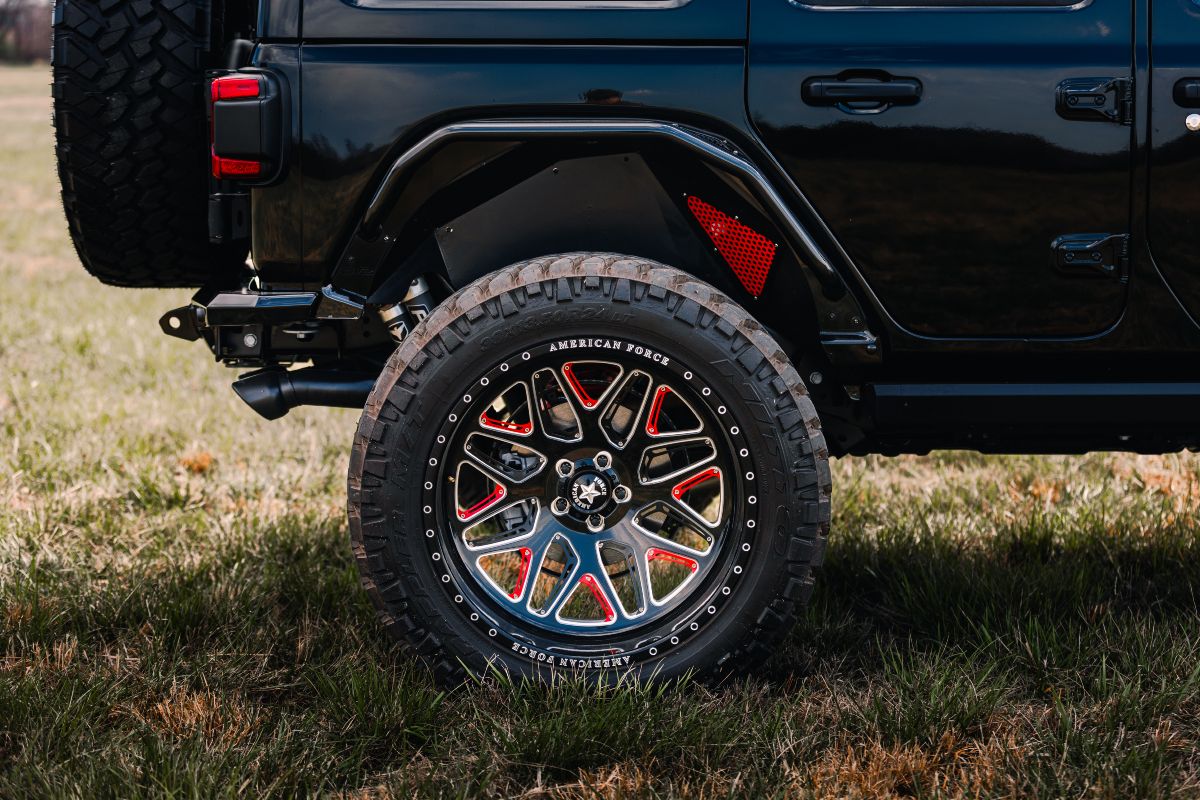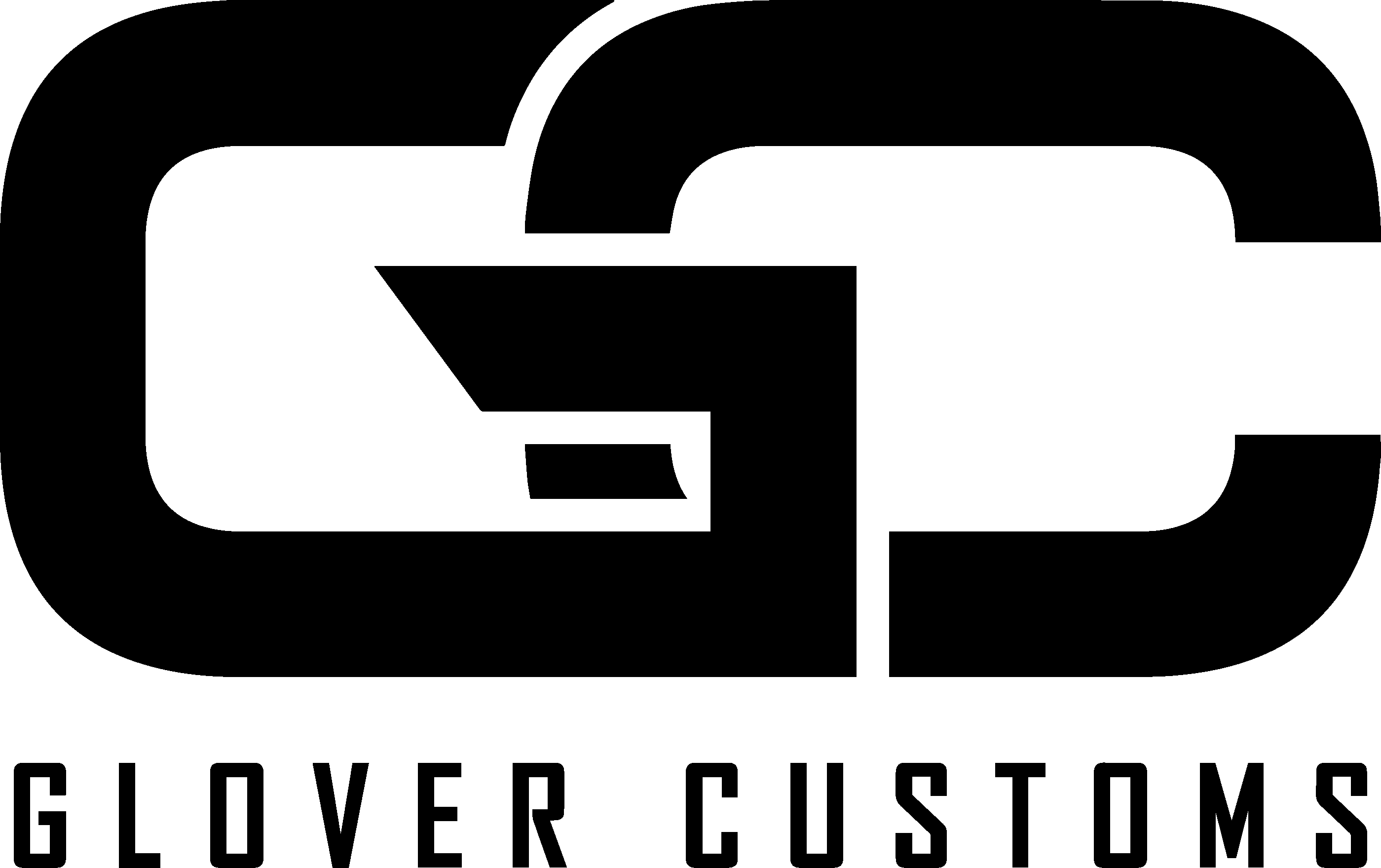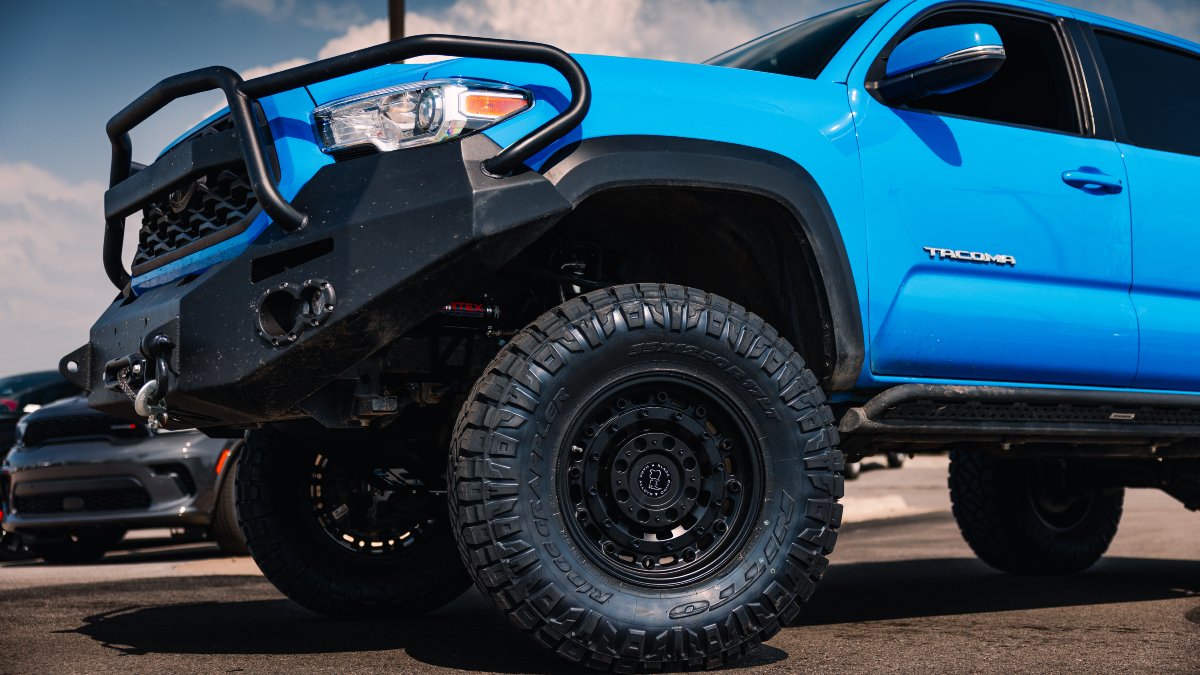When it comes to building a custom vehicle, one of the most common and exciting things you can do is install a lift kit. This creates more ground clearance and gives your vehicle a more aggressive stance and overall look, which often goes hand in hand with the kinds of vehicles we customize. Unfortunately, a common side effect of lifting a vehicle is problems with the fender liners. If you’re experiencing these kinds of issues, or are just looking to get ahead of any potential setbacks, you might be wondering what to do about your fender liners after a lift. Today we’re going to break down the problem and some potential solutions, so keep reading to learn more.
What Are Fender Liners, and What Do They Do?
Before we cover the issues and solutions, we should probably give you the rundown on what fender liners actually are. They’re not exactly a well-known part of the vehicle, so perhaps you’ve never even heard of them. Fender liners are the plastic or composite panels that sit inside your wheel wells. They have several purposes, including:
- Protecting your engine bay and body panels from mud, rocks and road debris
- Preventing corrosion by shielding metal components from water and salt
- Keeping sensors and wiring safe from tire spray and impact
- Maintaining airflow and reducing drag in some vehicles

Why Lifts and Fender Liners Don’t Always Get Along
Unfortunately, these fender liners were designed to work with factory ride height and tire size. When you install a lift kit – especially a suspension lift of two inches or more – you’re completely changing the geometry of your wheel wells. Throw oversized tires into the mix, and your fender liners can suddenly cause a host of unforeseen issues:
- Rubbing against the tires during turns or suspension flex
- Interfering with articulation while off-roading
- Getting torn or warped from repeated contact
- Exposing vulnerable components if removed without a replacement plan
Your Options: Trim, Replace or Relocate
The good news is, you have a few different options to choose from, and none of them are too terribly expensive. Which option you choose will ultimately depend on the build you’re going for, so analyze each and feel free to reach out to us right here at Glover Customs with any questions.
- Trim the Factory Liners
- The most common and inexpensive solution for mile rubbing is to carefully trim the liner. This can be done with a heat knife or rotary tool, or you can spend a little more to bring it to a professional to ensure that you don’t cause more issues than you solve. Doing this can create just enough clearance for larger tires, but you’ll want to make sure you smooth the edges and seal any exposed metal to prevent damage and rust.
- Install a Fender Liner Pullback Kit
- Although a bit more expensive, you could purchase and install a fender liner pullback kit. These kits relocate the liner and mounting brackets to create more space in the wheel wells without removing any protection. They’re relatively easy to install and only require basic tools, so it may be an easier if slightly pricier option
- Upgrade to Aftermarket Liners
- Your best bet, though also the most expensive option, would be to upgrade to aftermarket liners. You can find high-clearance or heavy-duty liners from many different aftermarket manufacturers, and they’re usually designed specifically for lifted vehicles. They’ll often provide better coverage and durability than your stock liners, which is an extra bonus on top of being shaped to accommodate larger tires and suspension lifts.
- Go Liner-Free
- Though we definitely don’t recommend it, you could also remove the liners entirely to ensure maximum clearance. These liners protect a lot of things under your vehicle, and not having them will expose all of those things to debris and water. Some off-road purists choose to do this for their trail-only rigs, however.


